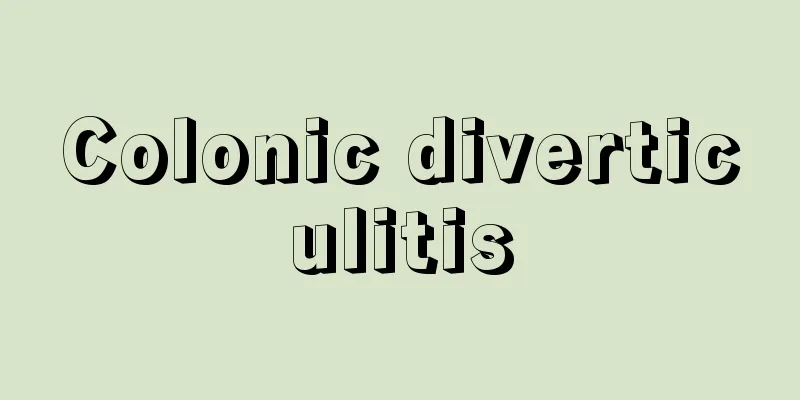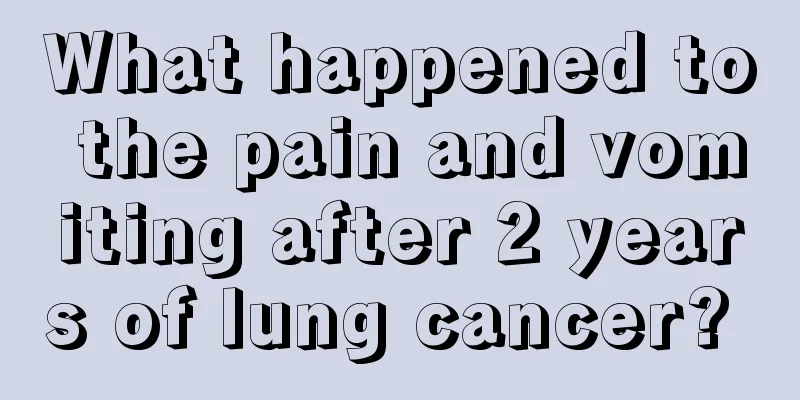Colonic diverticulitis

|
Nowadays, people’s daily work pressure and life pressure cause many people to work overtime and stay up late for work. Time is very important for young people. Many people often have irregular diets for work and do not have good living habits. Long-term overeating results in constipation. Long-term constipation has a great impact on human health. So what is colon diverticulitis? Colonic diverticula are pouch-like structures formed by the colonic mucosa protruding outward through weak areas of the intestinal wall. Poor diverticulum drainage may lead to diverticulitis, which can easily lead to perforation after inflammation occurs. This disease is more common in Europe and the United States, but rare in my country. Colonic diverticula can be divided into congenital and acquired. Acquired diverticula are more common and are more common in the left colon. Diverticula may be single or multiple. Causes 1. Diverticula may occur at weak points in the intestinal wall. 2. A low-fiber diet causes constipation, which increases intestinal pressure. 3. When the passage is blocked, the contents of the diverticula cannot flow into the intestinal cavity. Clinical manifestations 1. This disease mostly occurs in middle-aged and elderly people aged 50 to 70 years old, more often in women than in men. 2. Before the diverticulum becomes inflamed, most patients are asymptomatic, but sometimes may have mild symptoms such as constipation, abdominal pain, bloating, and dull pain and discomfort. Some patients have paroxysmal abdominal pain, which may disappear or worsen after a period of time. 3. In acute diverticulitis, the symptoms are mostly obvious. There is obvious pain on the left side or in the left lower abdomen, sometimes accompanied by nausea and vomiting, and elevated body temperature and white blood cell count. 4. The lesion is close to the bladder and may cause bladder irritation symptoms such as frequent urination, urgency, and pain when urinating. 5. After repeated attacks, it may present chronic symptoms, such as stubborn constipation, and some patients may have blood in the stool. Examination 1. Laboratory examination showed elevated white blood cell count. 2. If there is free perforation on the X-ray film, free gas can be seen under the diaphragm. 3. Abdominal B-mode ultrasound can show intestinal wall thickening and the presence or absence of surrounding abscess formation. 4. CT scan CT scan can show inflammatory manifestations of the fat around the colon. Fistulas and abscesses can be seen in almost all cases and are extremely helpful for diagnosis. 5. Barium enema may reveal the presence of diverticula or multiple diverticula. In diverticulitis, the intestinal wall is irregular and the intestinal tract is mildly and progressively narrowed. When diverticulitis is severe, examination is generally not recommended to avoid inducing intestinal perforation. 6. Fiber colonoscopy can reveal the presence of multiple diverticula and rule out other diseases, but fiber colonoscopy may induce perforation, so fiber colonoscopy is generally not recommended when diverticulitis is severe. Diagnosis 1. Confirm the presence of diverticula. 2. There is clinical evidence of inflammatory response. 3. Based on the location, physical signs, clinical characteristics, etc. of the diverticula, prove that the inflammatory reaction is related to the diverticula, or exclude other diseases other than the diverticula from being related to the inflammation. 4. Increased white blood cell count. 5. X-ray, barium enema, CT scan, etc. can help with diagnosis. Treatment 1. Non-surgical treatment (1) General treatment: Keep bowel movements regular and eat more high-fiber foods. When fistula or obstruction occurs, continuous gastrointestinal decompression, infusion therapy, and bed rest should be performed. Patients who experience pain during the acute phase should actively receive medical treatment. (2) Drug treatment: Broad-spectrum antibiotics combined with drugs effective against anaerobic bacteria, plus intravenous fluid replacement and nutritional support. Mild cases can be treated with oral antibiotics and bowel rest in the outpatient setting. 2. Surgical treatment can be performed for patients with poor abscess drainage, diffuse peritonitis, persistent intestinal obstruction or fistula formation, massive bleeding, etc. who have not responded to conservative treatment or who have repeated massive bleeding in a short period of time. |
<<: How to maintain beeswax bracelets
>>: What is interstitial colon disease
Recommend
How to avoid the occurrence of malignant melanoma
In recent years, melanoma has gradually evolved i...
Is it OK to smoke a cigarette during breastfeeding?
In fact, smoking is very harmful to the human bod...
Should pineapple be soaked in warm water or cold water?
I believe everyone is clear about whether to soak...
Is it harmful to be electrocuted?
In school, many children always play pranks. Rece...
I wake up with swollen eyes every day
Why do I wake up with swollen eyes every day? Man...
How to seize the time to treat the early symptoms of colon cancer
It is crucial to treat the early symptoms of colo...
Can frozen crabs be eaten
Speaking of crabs, people should be very familiar...
How to take hormones for lupus
Systemic lupus erythematosus (SLE) is a disease t...
Oily hair and hair loss
Everyone's hair is just like their skin type,...
Targeted drug therapy for kidney cancer
Targeted treatment of renal cancer The treatment ...
What are the sequelae of radiotherapy for tongue cancer
What are the sequelae of radiotherapy for tongue ...
Tips for removing scale from water heaters
Water heaters will grow scale after being used fo...
"Beer belly" has little to do with "drinking beer"
Traditional thinking holds that drinking too much...
What can the liver secrete
The liver plays a very important role in human he...
What are the symptoms of fetal growth retardation?
As the name suggests, fetal growth retardation me...









